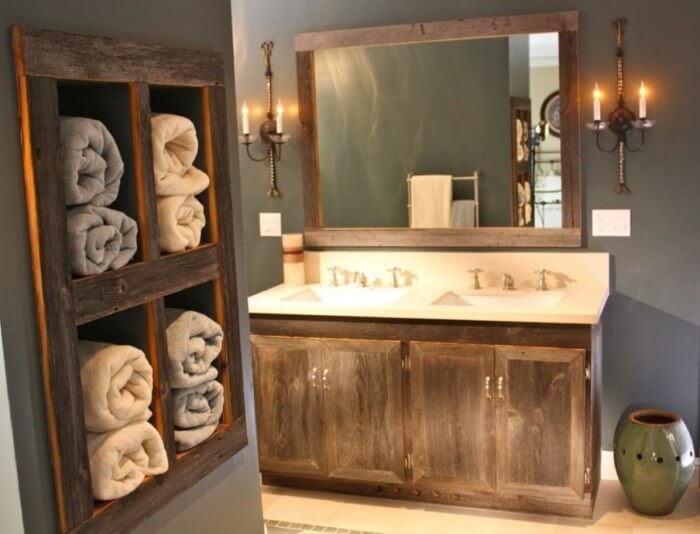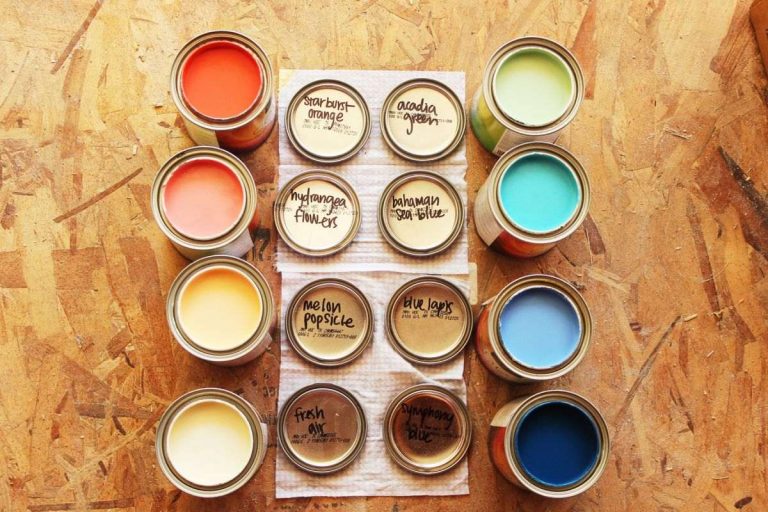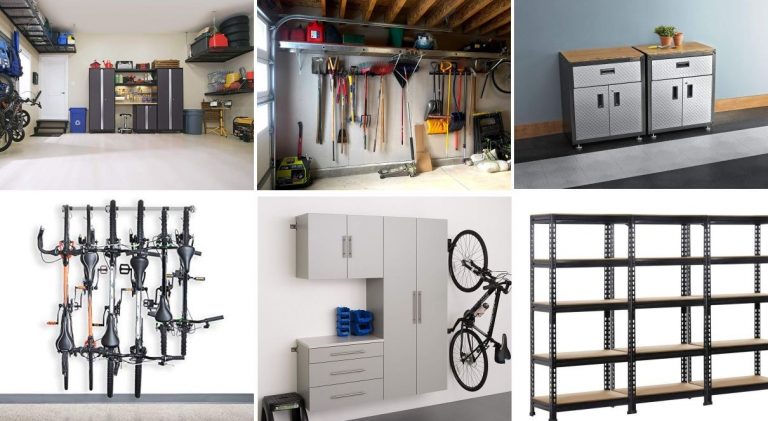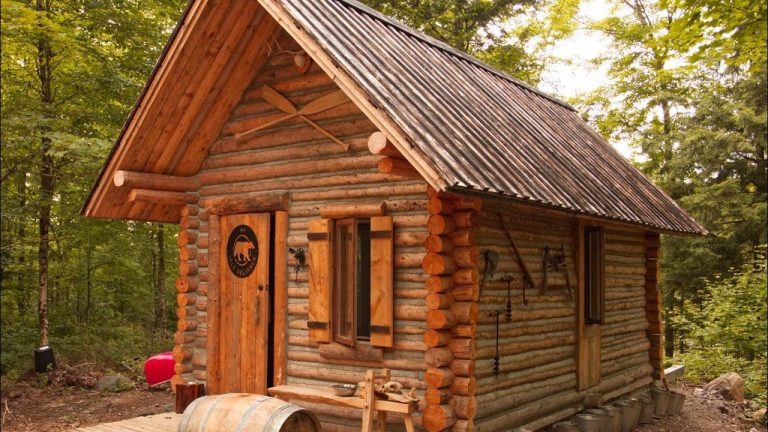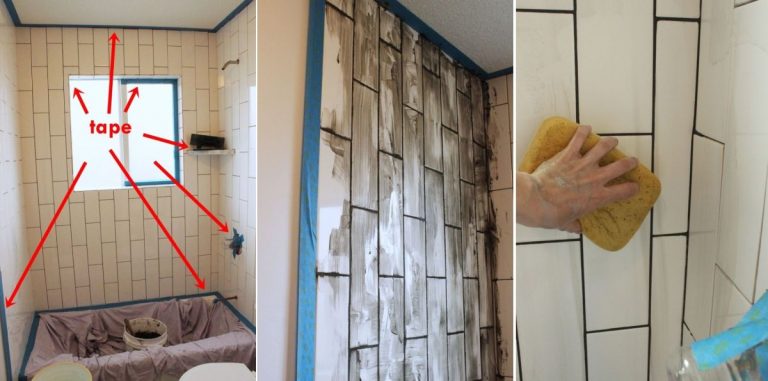Concrete Dominates These Japanese Brutalist Homes, Both Inside and Out
Japanese homes might bring to mind lots of wood and tatami mats, but perhaps surprisingly, concrete structures figure prominently, even in residential areas. In fact, Japan has a wide variety of amazing architecture, especially in the Brutalist style. This architectural style is characterized by the raw materials that are visible in the construction, especially concrete. Brutalism was a version of Modernism that was popular mainly between 1950 and 1970 and typically includes plain, flat exteriors, windows that are holes in the wall and repeated modular elements.
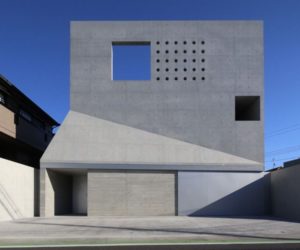
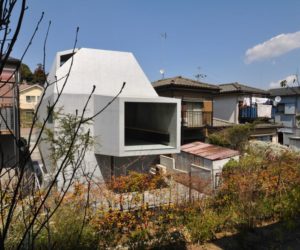
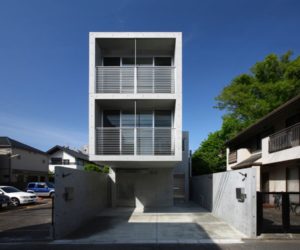
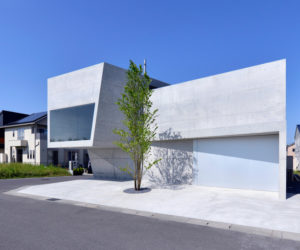
Homeowners in Japan have taken concrete to the next level, creating residences that meld raw forms with modern interiors. The raw exteriors are often matched by equally stark interiors that are somehow still welcoming and comfortable. The resulting homes are beautiful Brutalist representations of Japanese simplicity. Check them out.
Cubist Home for Design Lovers
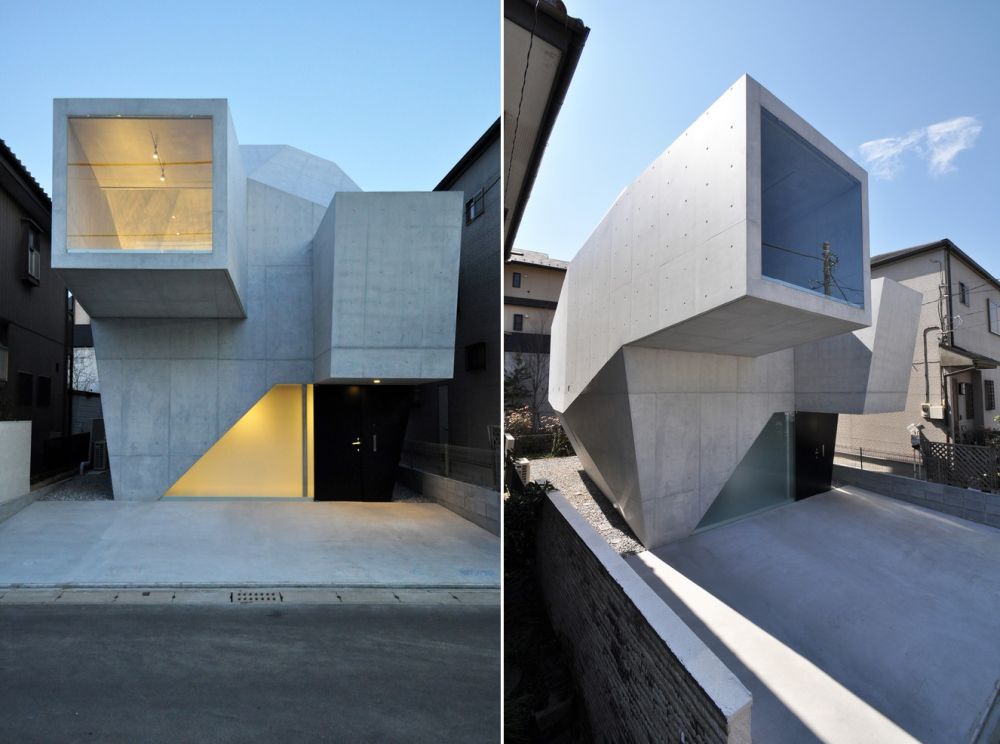
Located in Abiko City, this Brutalist Japanese home makes the most of a small lot while projecting a striking form. Designed by fuse-atelier, the spare home was created for a couple who want the lines of their artistic furnishings to stand out. The cantilevered design is unexpected, but it solves a number of issues: Because extra pilings were required to support the home, its minimal footprint helped the architects to save costs. Then, the form allowed them to conceive the slanted surfaces of the roof lines so that the shell of the house carries most of the stresses. The construction style also enables the house to have very large windows in each direction yet privacy from immediate neighbors.
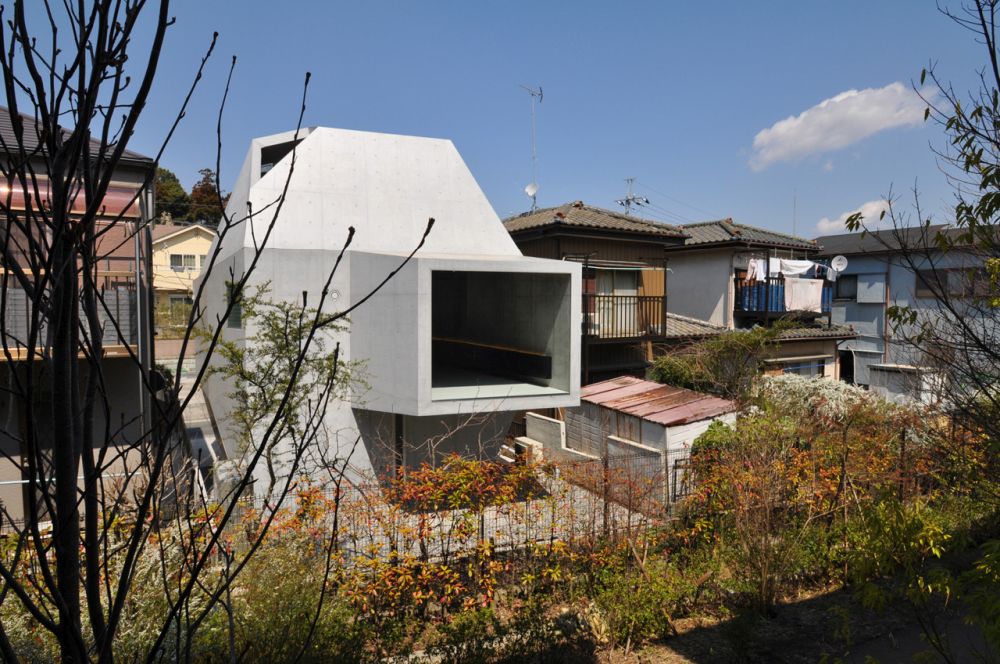
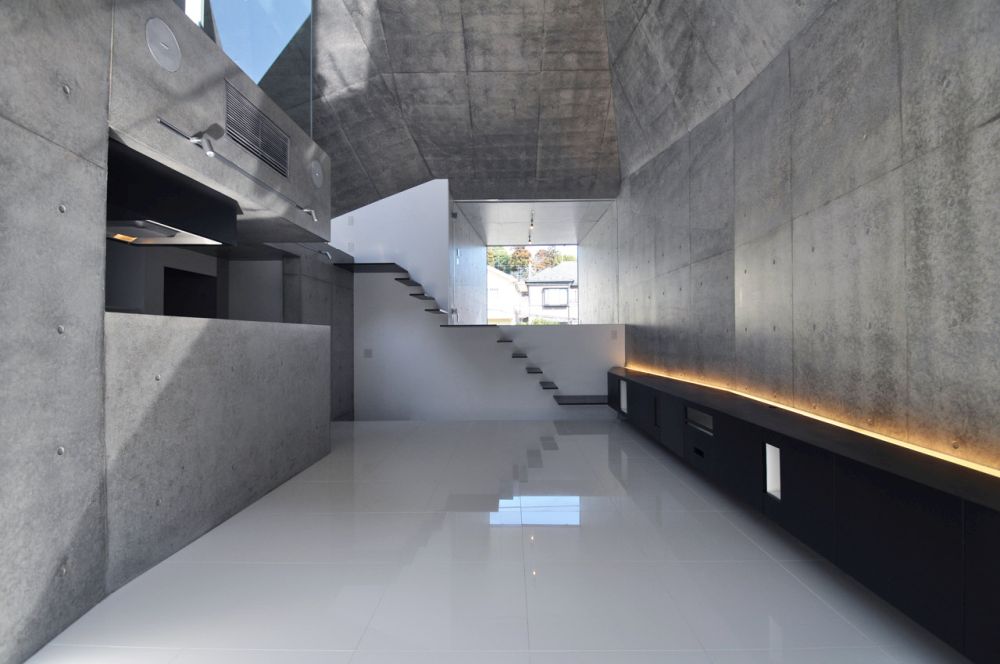
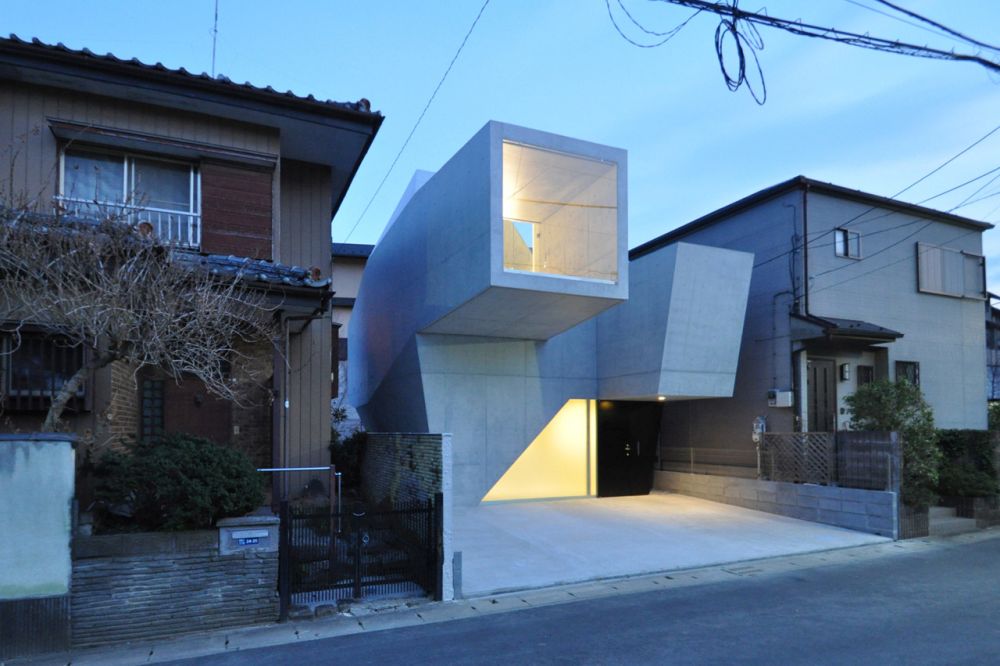
Dual Generation Home
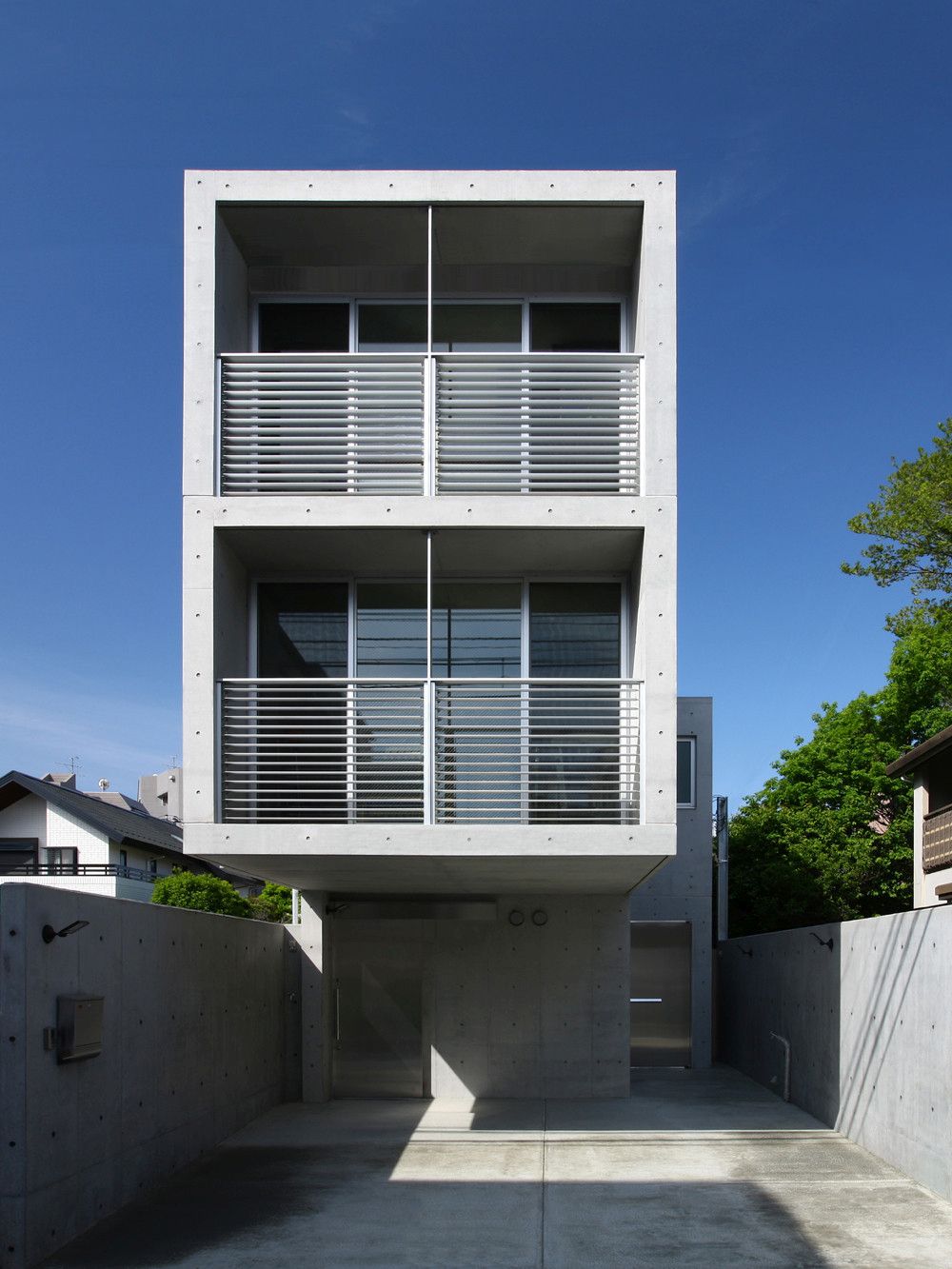
Like a monolith oriented upward, this Setagaya home has open space and plenty of light for the two generations living there. Located on a lot that is hemmed in by the road and a pedestrian pathway in the rear, the structure focuses on verticality. Designed by atelier HAKO architects, the Brutalist Japanese home includes separate ground-level entrances for the two parts of the family. The family living areas face the trees on the pedestrian while the front of the home is set back and cantilevered over the drive. Inside, the home gets natural light through an interior terrace that is topped with glass, which also creates a private outdoor space for the family.
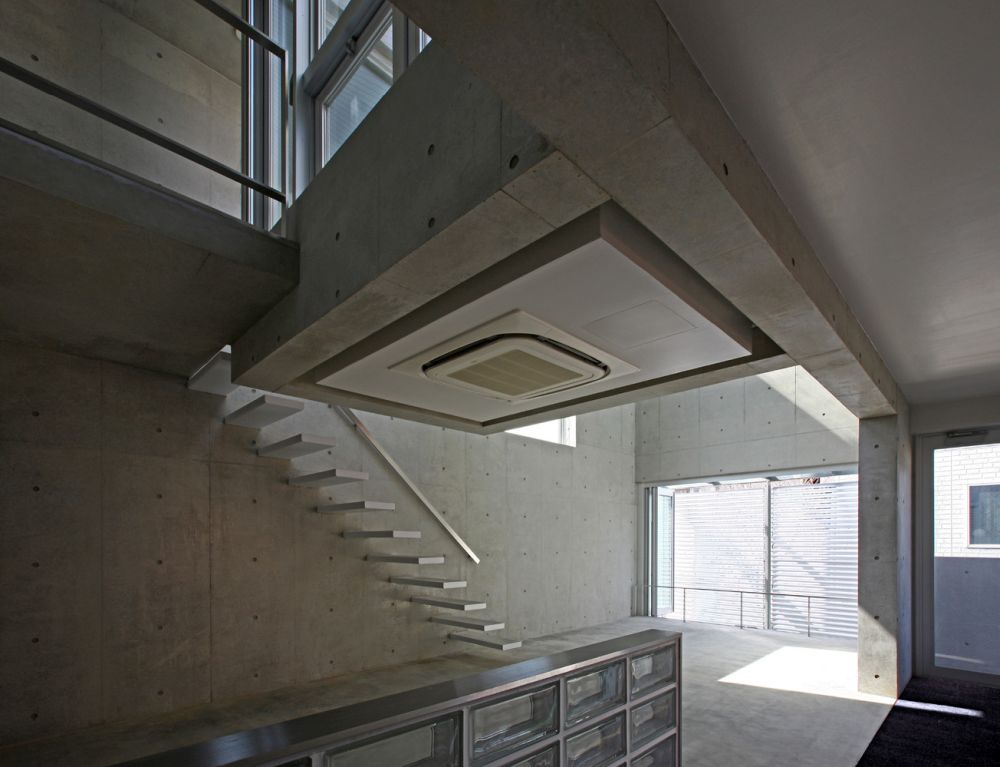
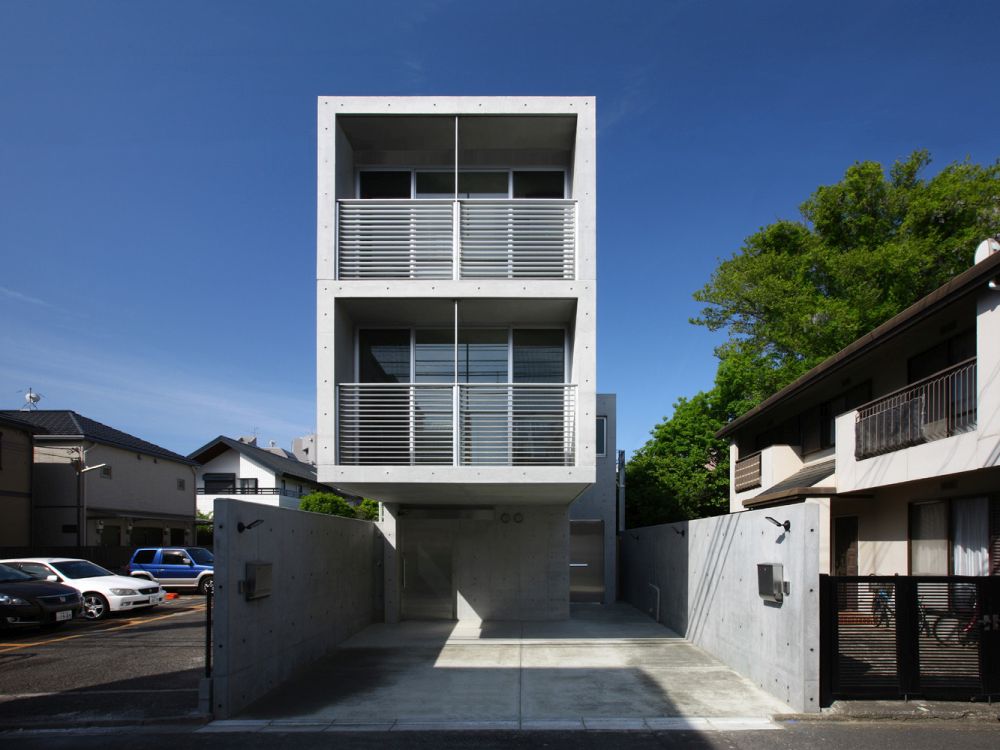
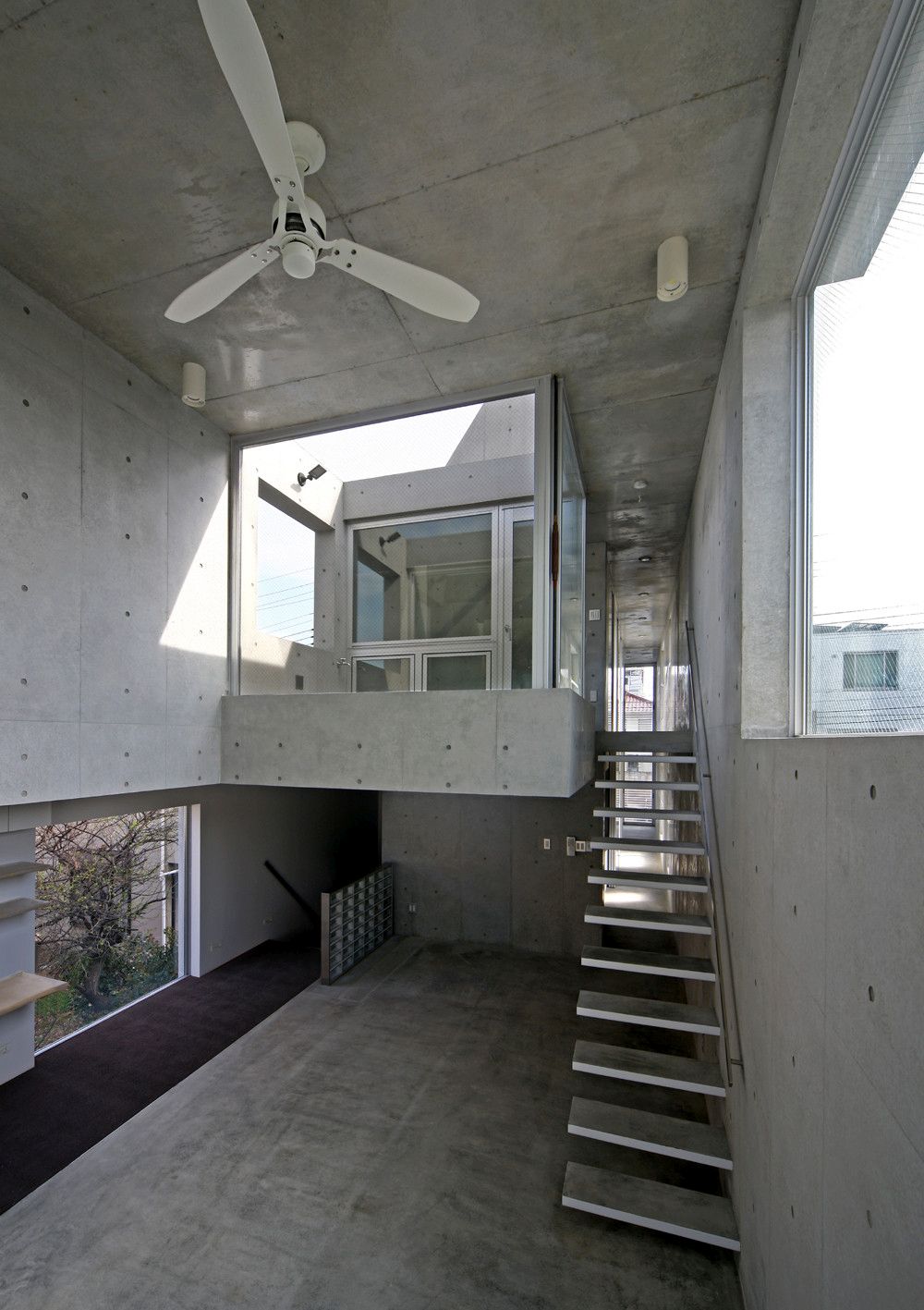
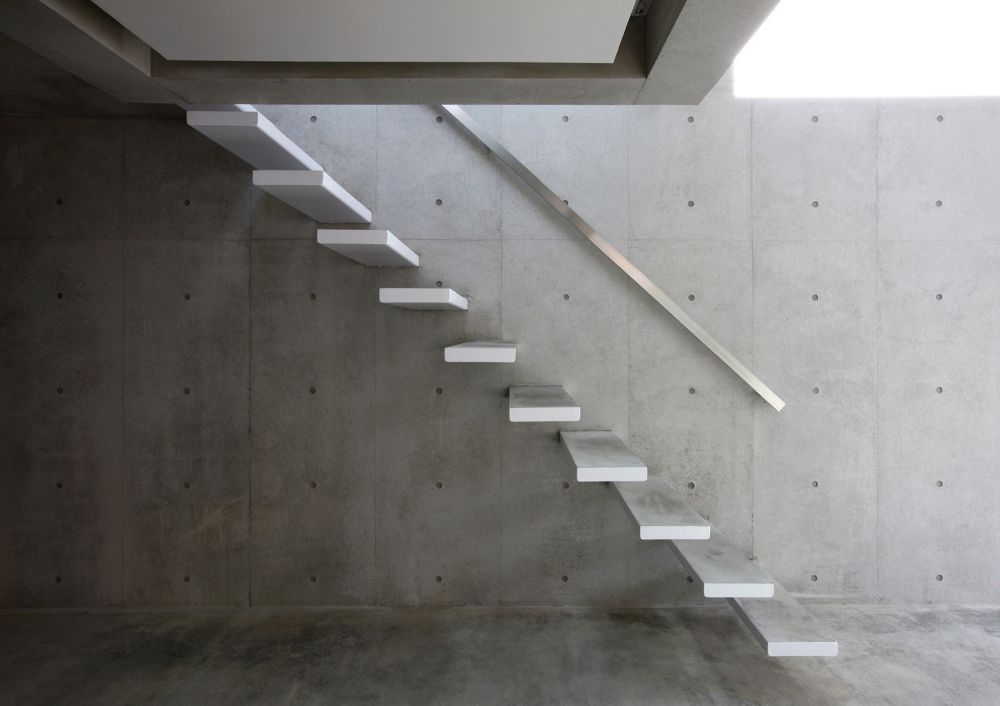
Design-Forward Dwelling
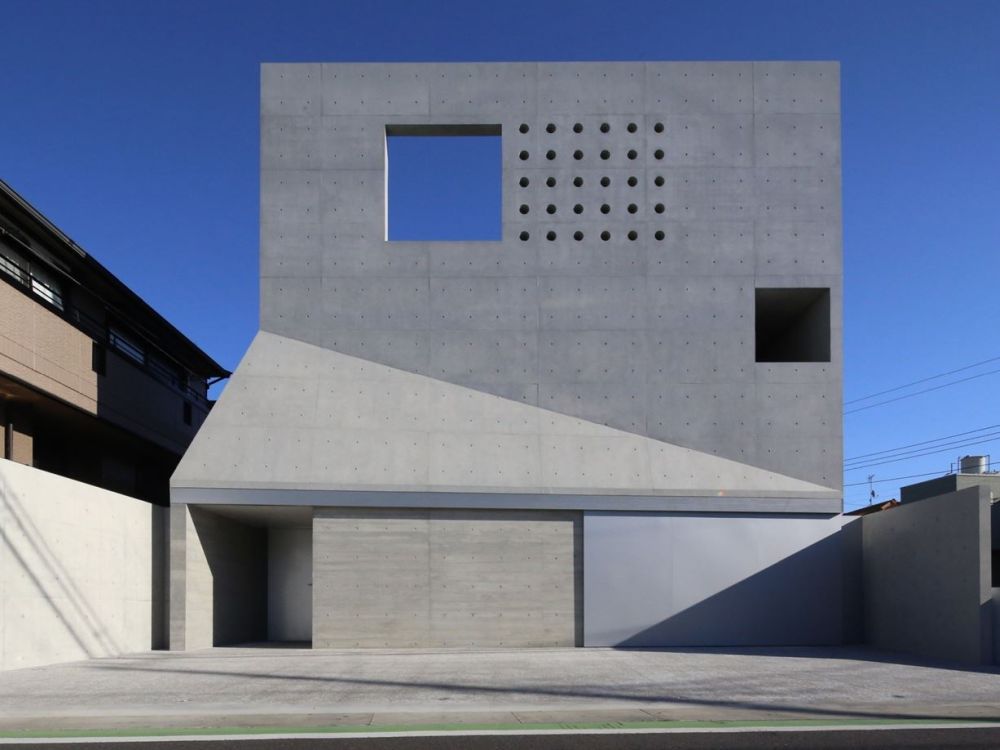
A home located on a busy street can still be a retreat as this house in the Japanese city of Narashino demonstrates. The dominant, geometric facade hides an enclosed rooftop terrace and tops off a design that meets a number of specific zoning restrictions. Located on the edge of a residential development, the house created by fuse-atelier features a Brutalist form whose exterior tapers from the second to the third story. Inside, the house is a series of open spaces that give the homeowners versatile and comfortable living areas, all joined by staircases of various designs. Concrete and glass create a home full of sharp angles and easy-care surfaces. The rooftop terrace is a true urban oasis, protected from noise and view by the large facade.
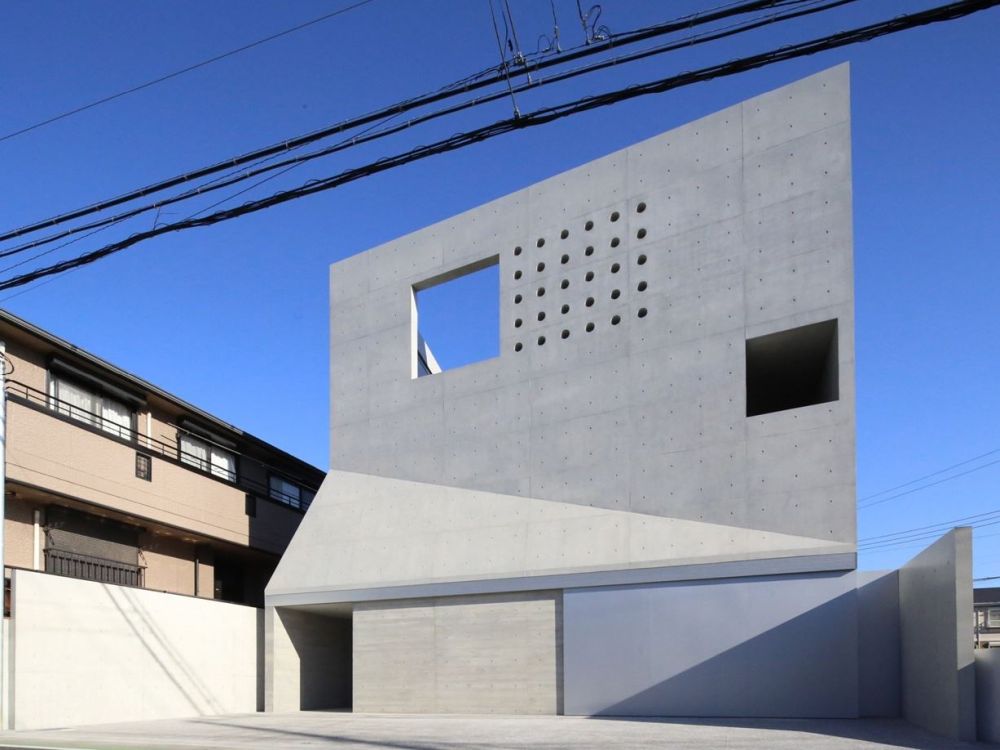
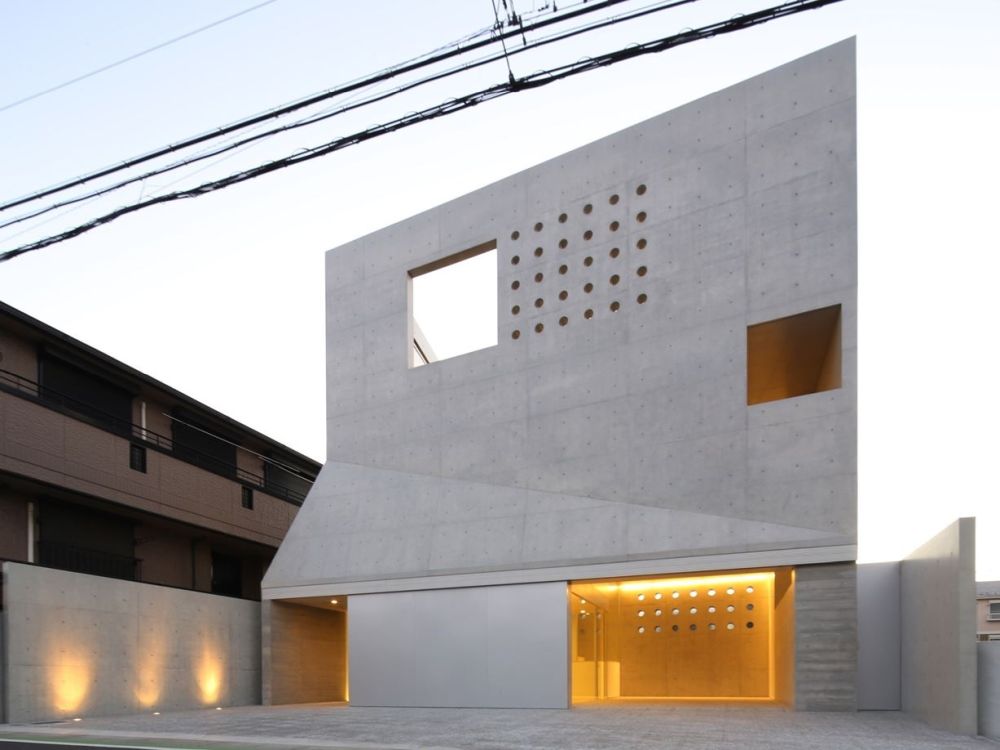
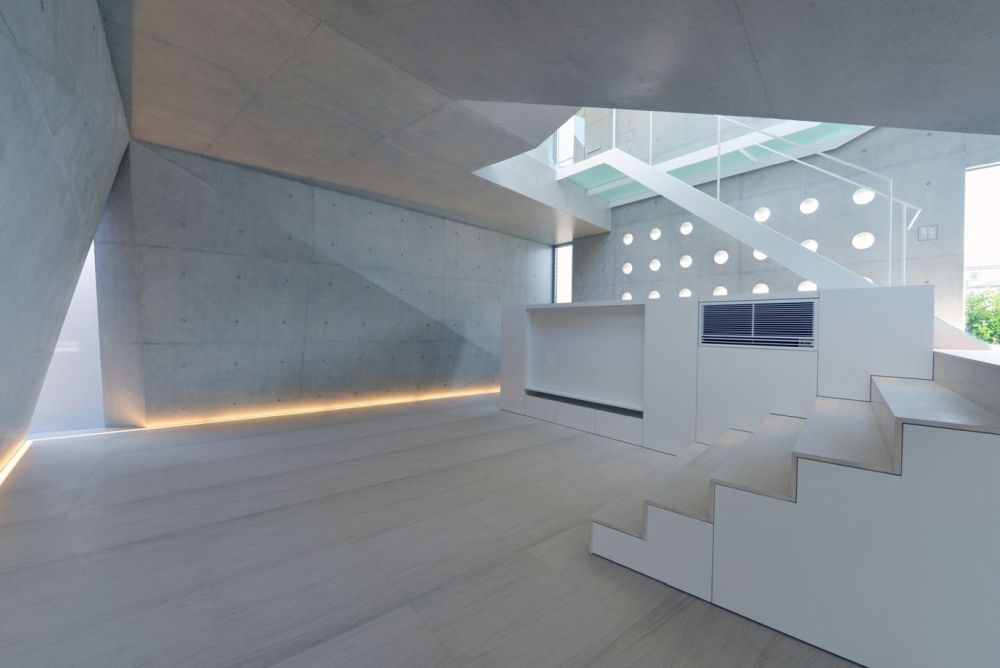
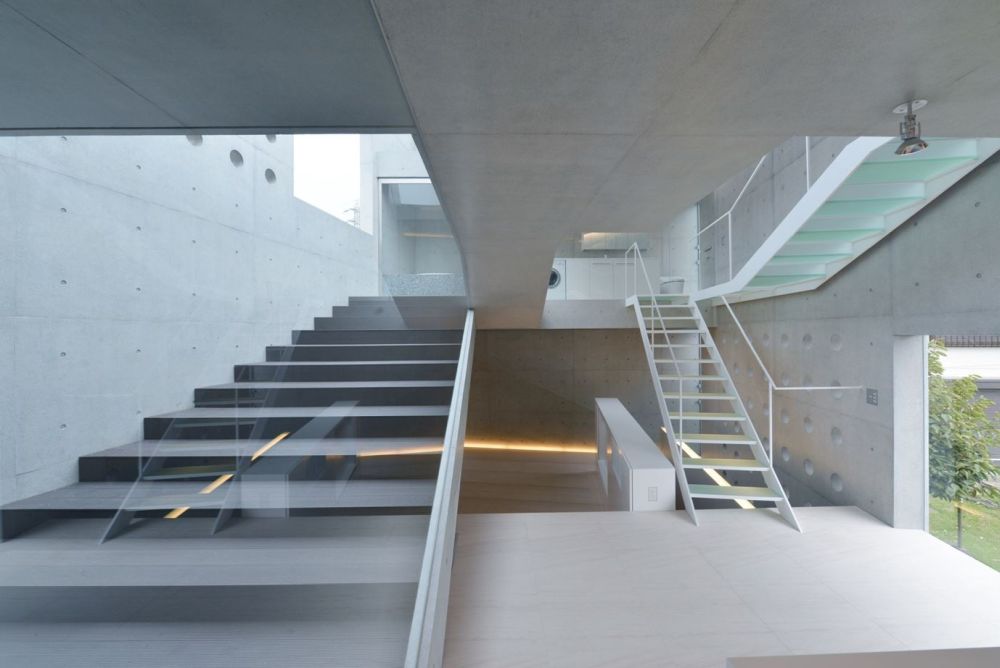
Heft and Tranquility
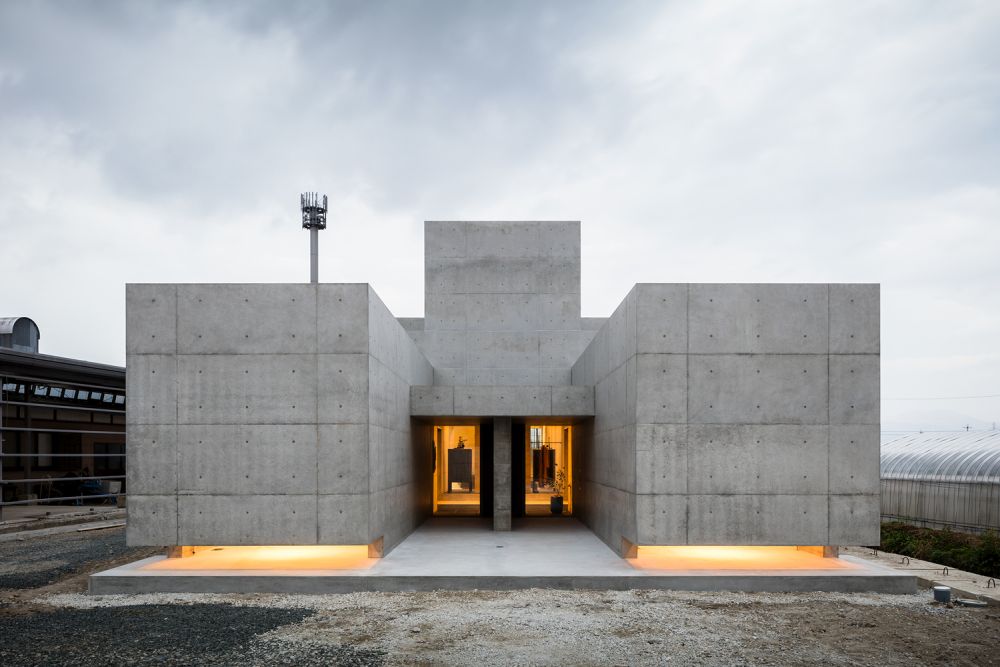
The substantial look of this brutalist Japanese House in Shiga is a hefty silhouette on the landscape. Because it is located along a busy highway, FORM/kouichi kimura architects designed an eye-catching home that is substantial enough to block out the frenetic traffic outside and create a peaceful haven for the homeowners. From one end, the face is symmetrical with heavy concrete volumes flanking the main entrance while the other side the sequence of different heights is visible. Inside, a skylight brings in a welcome dose of natural light. The main section of the house is the large living space, with functional areas being defined by different floor and ceiling heights. Light, open and comfortable, the interior is minimalistic yet comfortable and flexible.
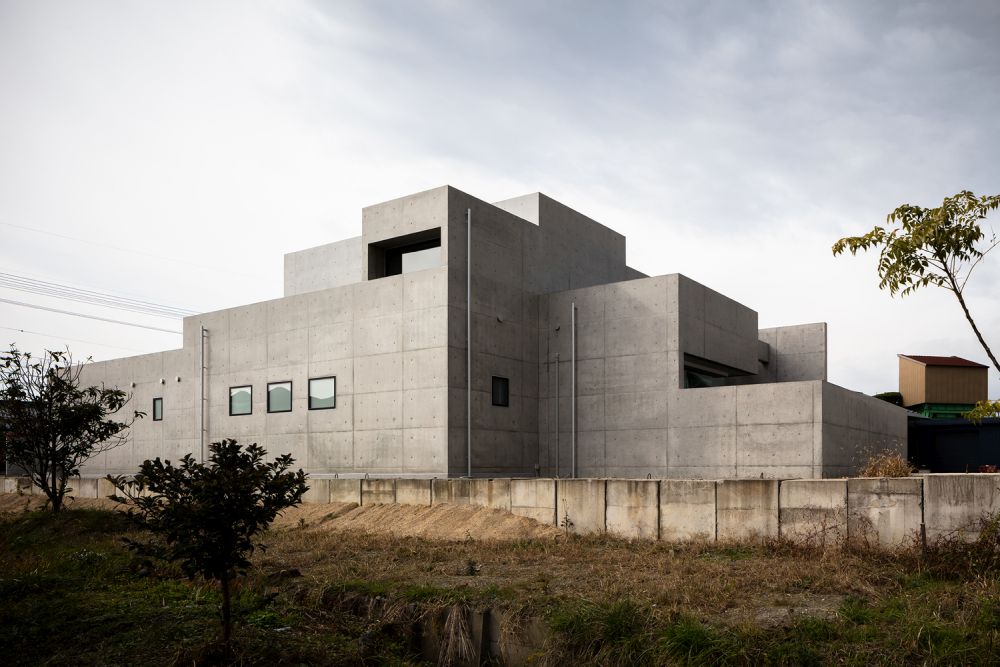
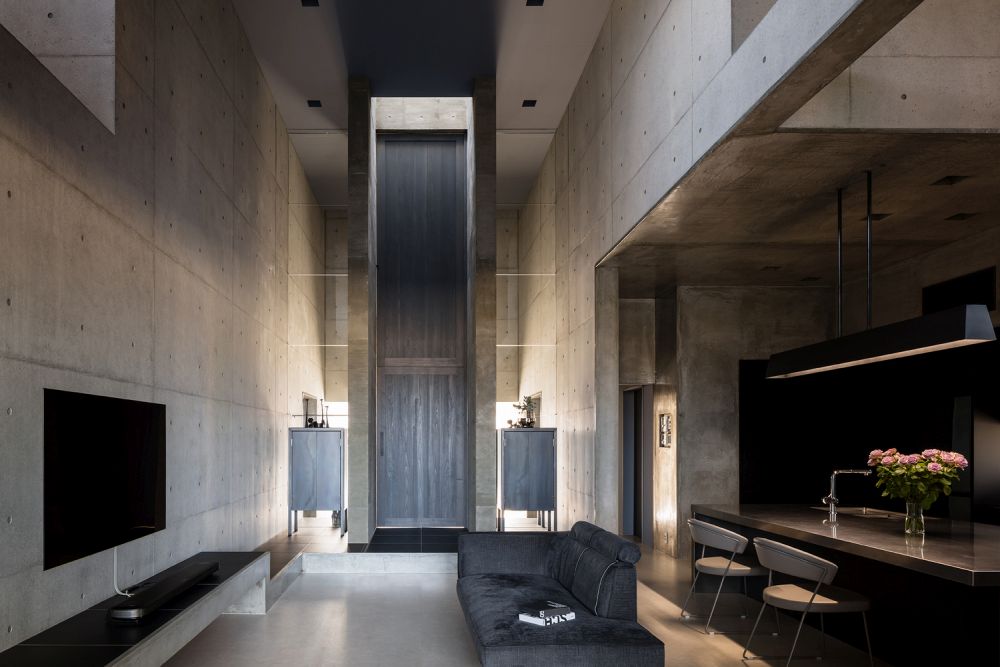
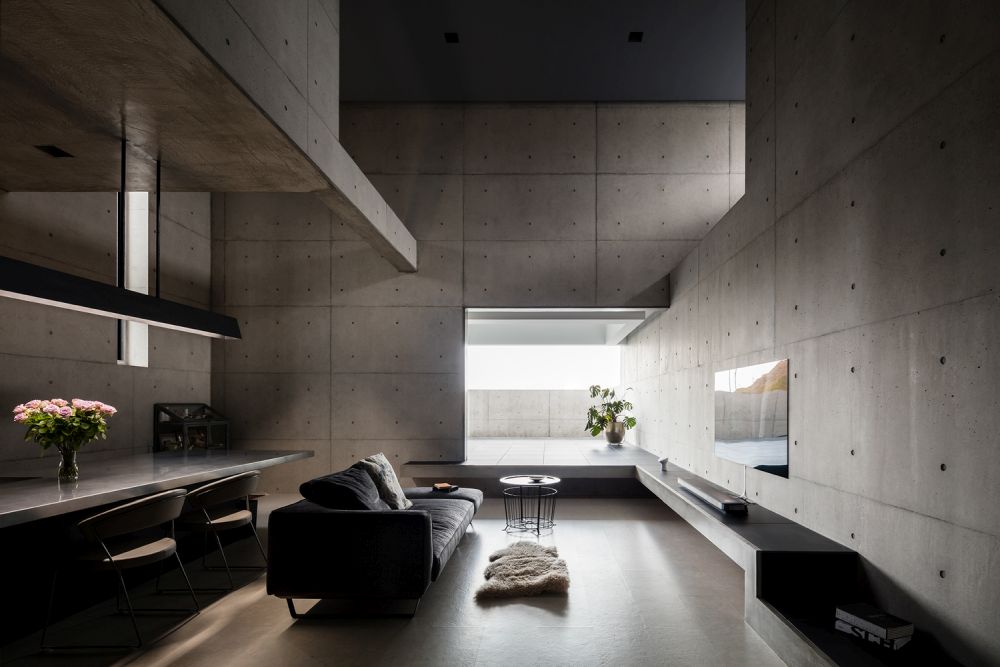
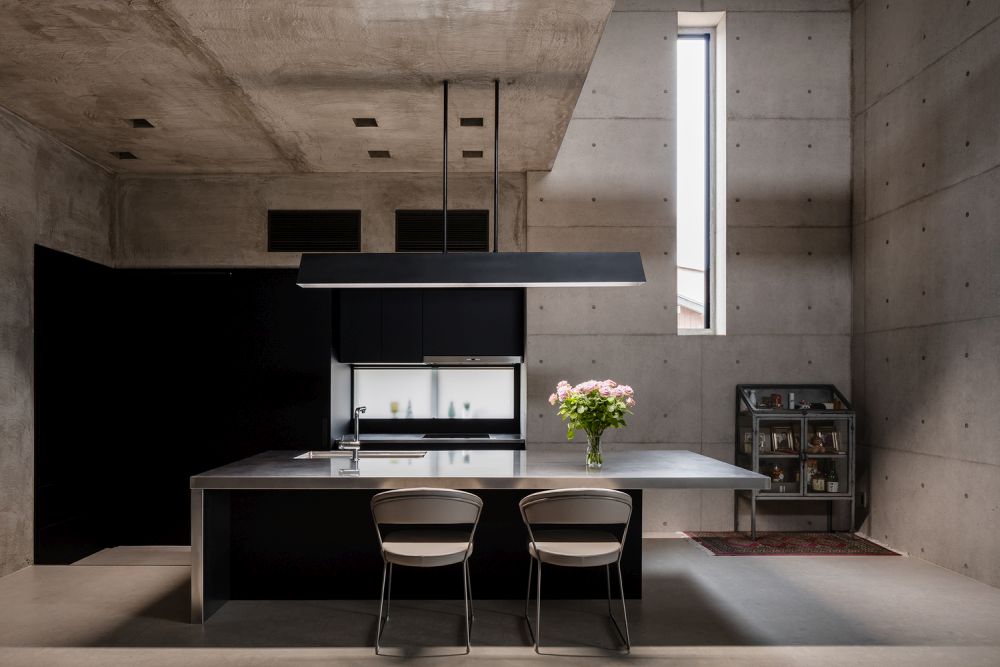
Skewed and Sloped
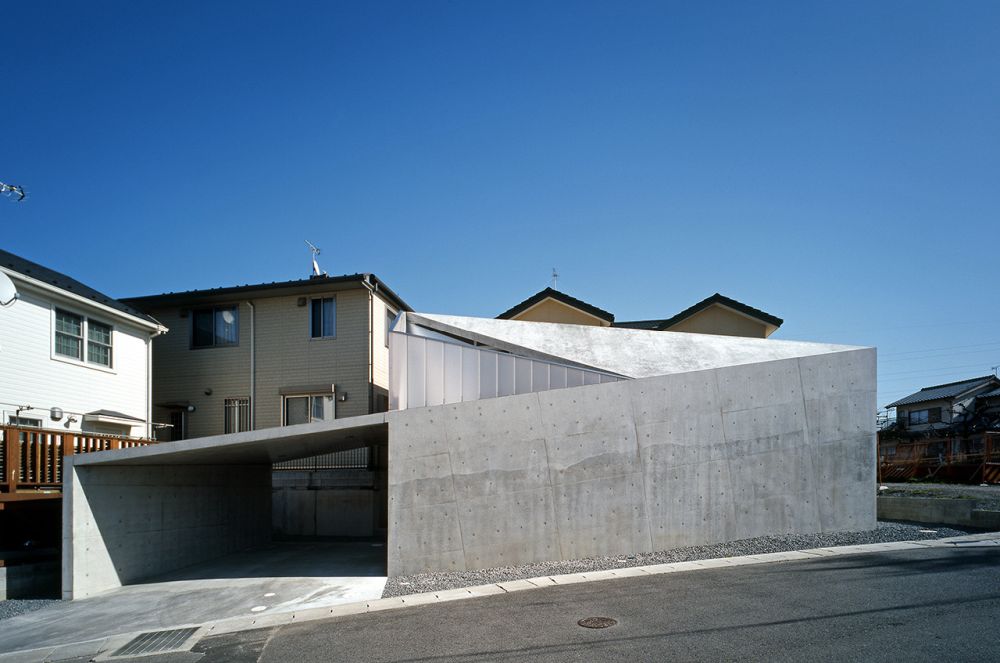
The unusual angles of this facade belie the open spaces that lie within this concrete Japanese home in Shiga. Designers Alphaville Architects had to work with an oddly shaped building site as well as a significant slope. At the same time, the homeowners needed a comfortable area for a billiard table, something that they really enjoy. The resulting home has the parking area at the lower end of the slope, the billiard room near the entrance and a kitchen that is raised a half-level above. A bedroom with a bathroom is also a half level up from the kitchen area. The gap between the first and second floors is a terrace, which provides a view of the schoolyard next door, while the front has no windows to maintain privacy from passersby on the street.

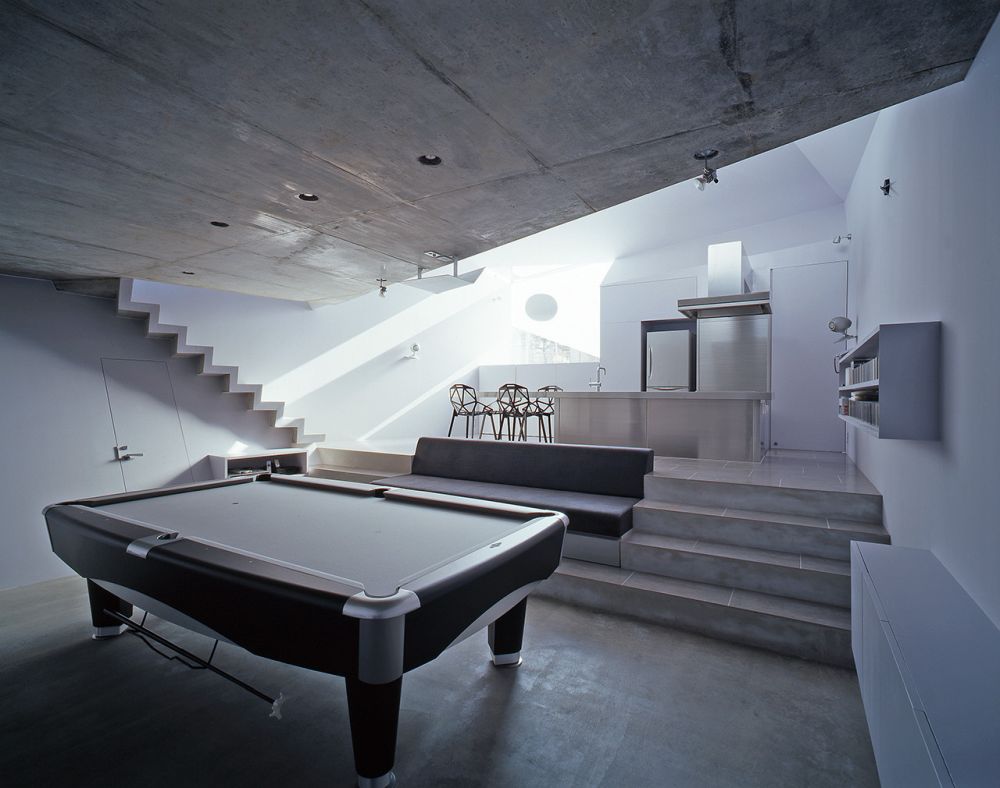
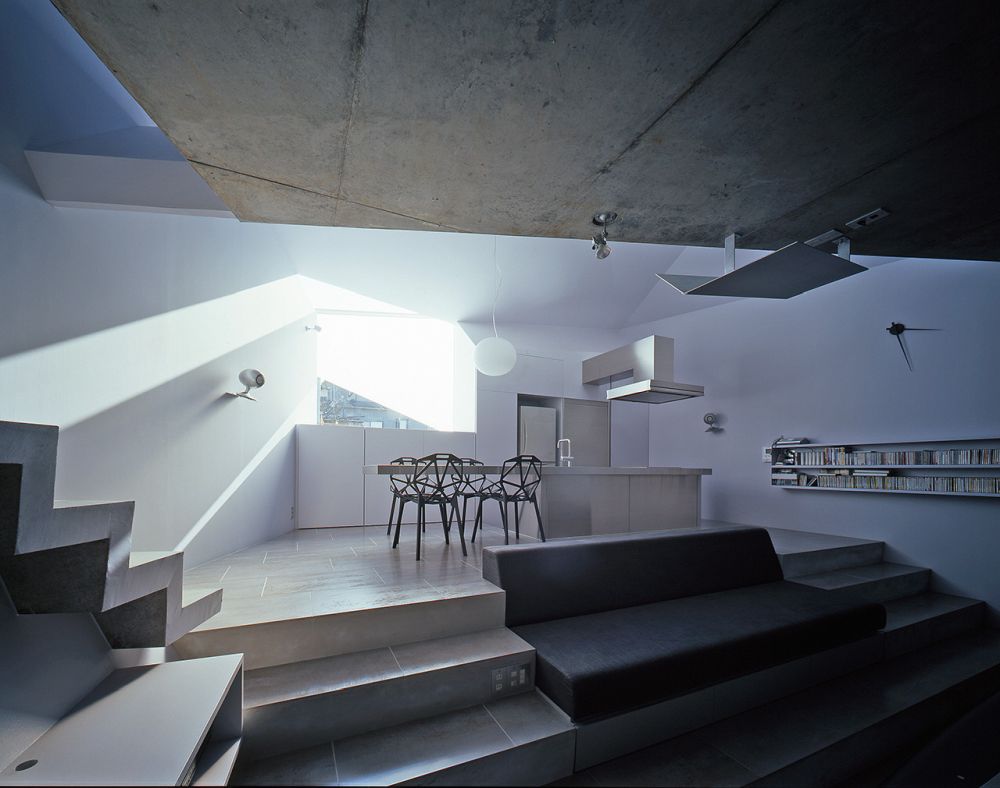
Focused on Privacy
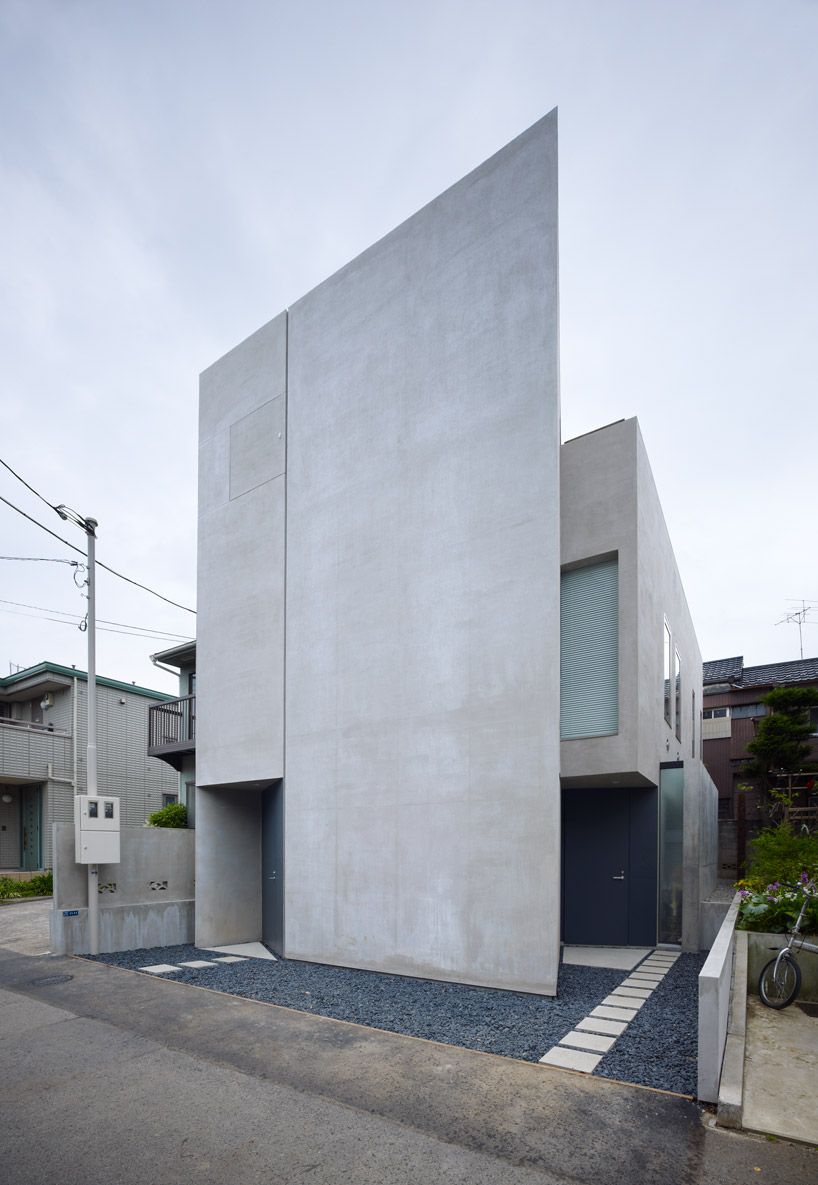
Just outside Tokyo in the Shinjuku neighborhood, this house is mainly hidden behind a tall concrete monolith. The home’s windowless facade closes the family off from the world, but still provides two separate entrances for the generations living in the house. Designed by intentionallies, the interior structure makes use of wood along with the concrete, and includes a set of elegant dark wood stairs in which each tread is significantly cantilevered over the edge of the frame. The kitchen — situated on the upper level — offers up marvelous views of the surrounding area as does an outdoor veranda that feels like an extension of the interior.
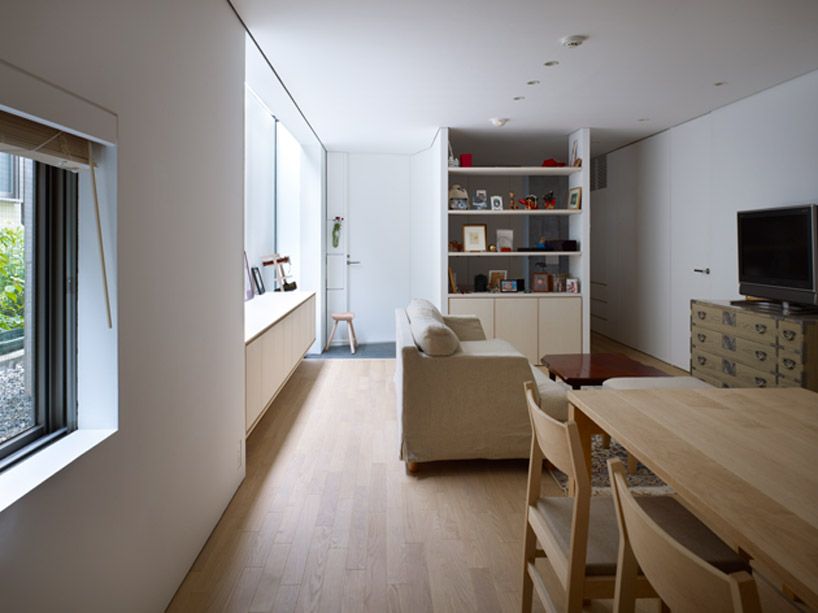
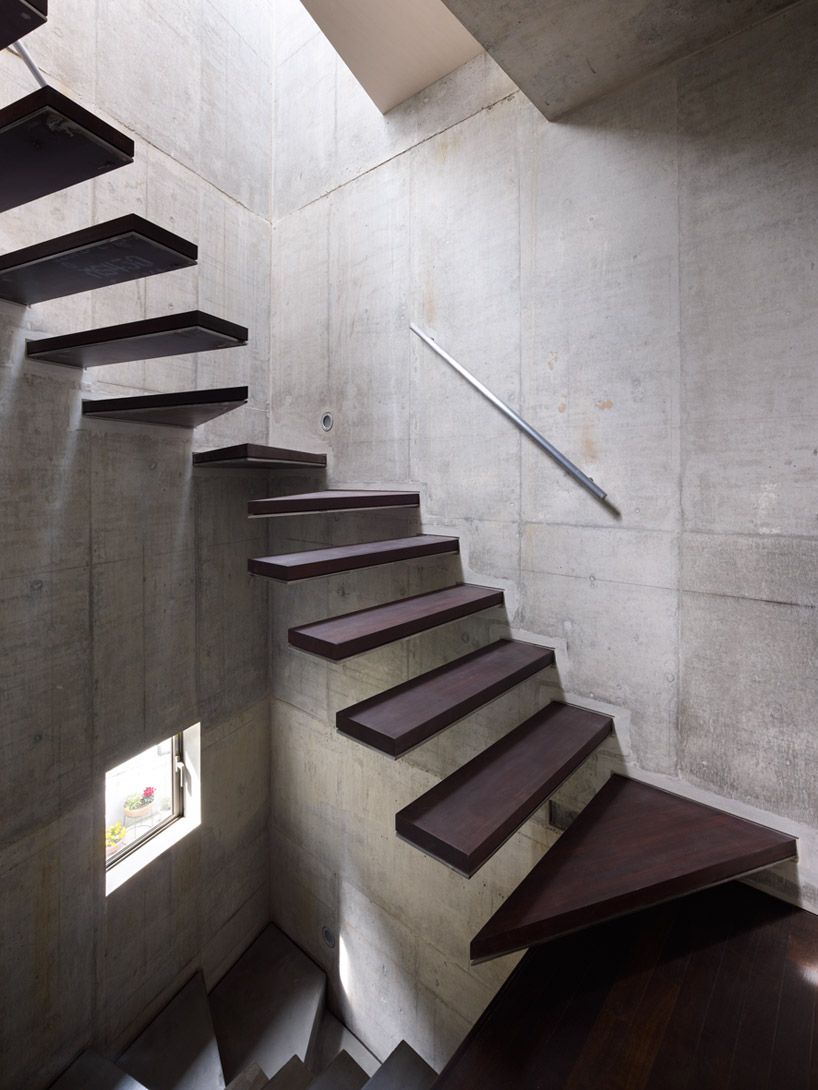
Vertically Inclined
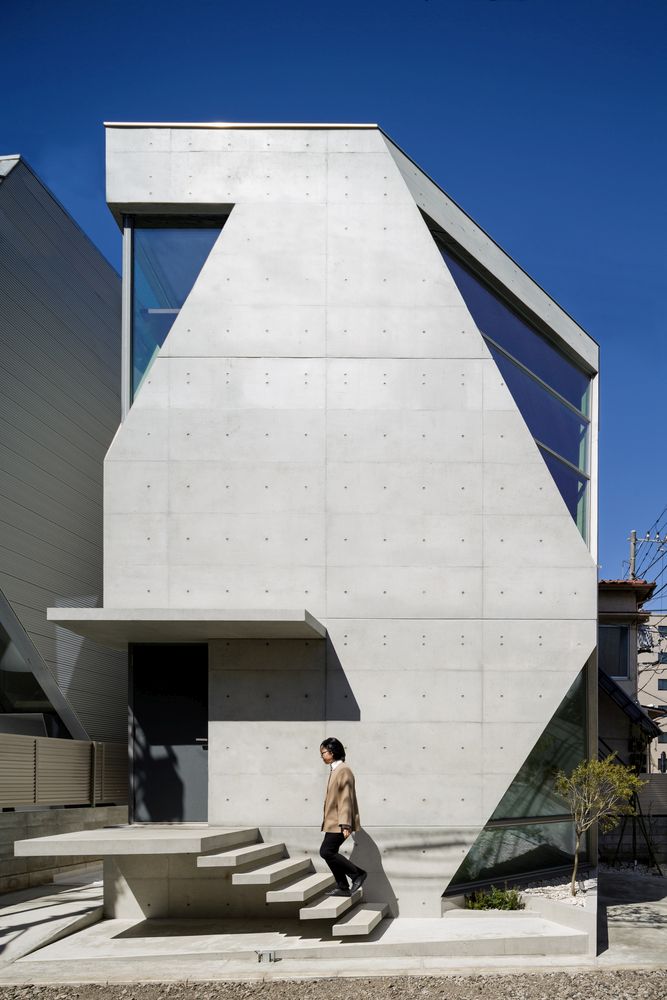
Modern in not only form but also in materials, this Tokyo home is constructed from a 100% recyclable concrete developed by the architects, Atelier Tekuto. Sand is typically the main ingredient in concrete, but this type contains shirasu, which is a deposit from the pyroclastic flow of volcanic ash. Supplies are abundant in southern areas of the country, making it a readily available material. The resulting material is strong and durable and also has the ability to help control humidity and odors. Because the construction site is small, the focus was vertical, starting with a sound-insulated room for music and movies in the basement to a second floor filled with living spaces. The high ceiling and large triangular window at the top make the modestly sized house feel much more open.
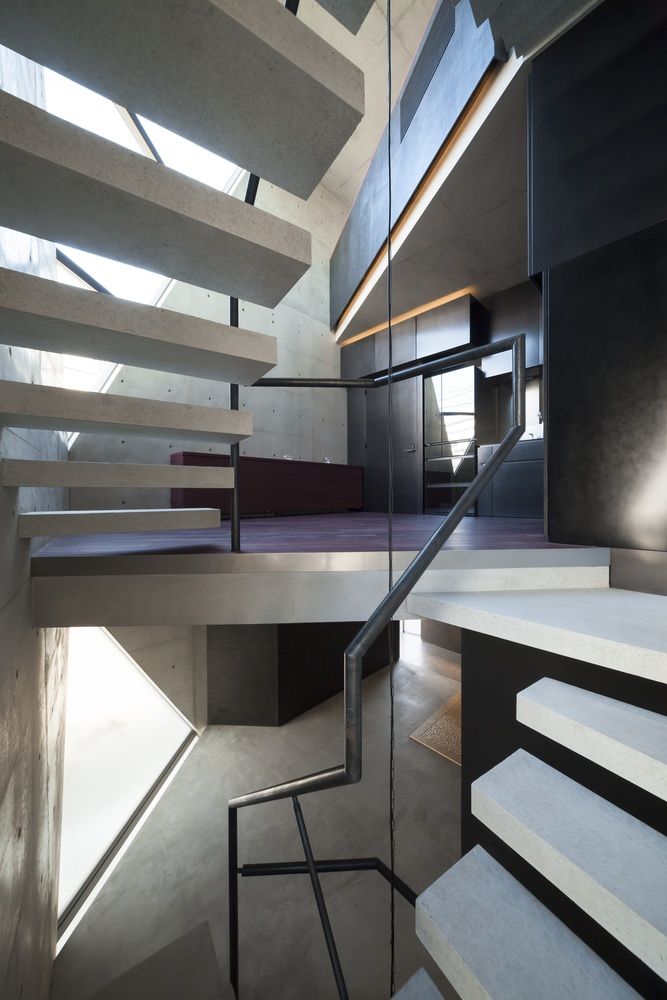
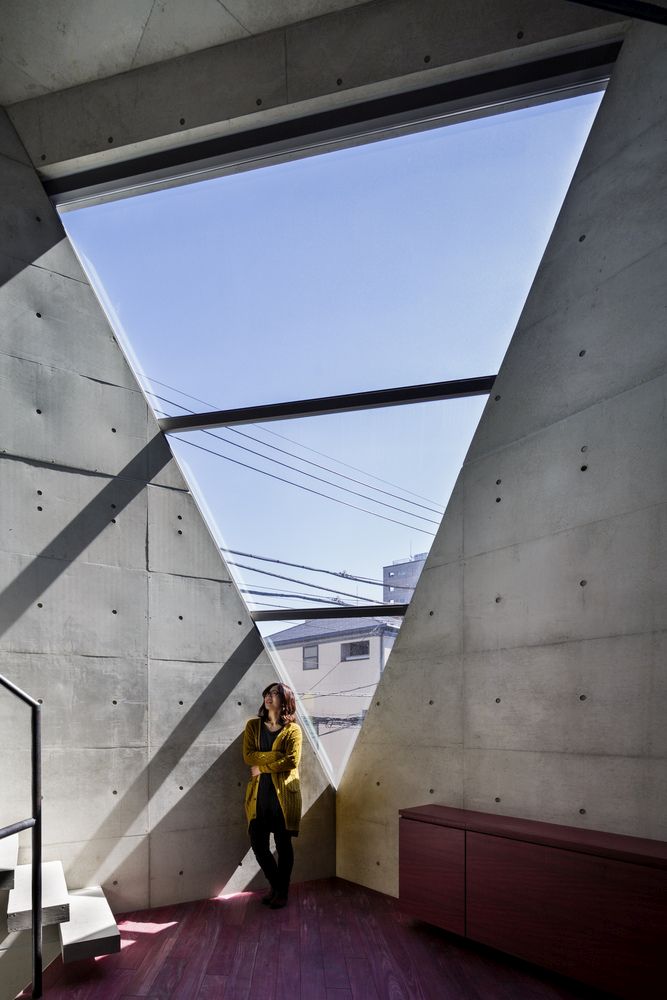
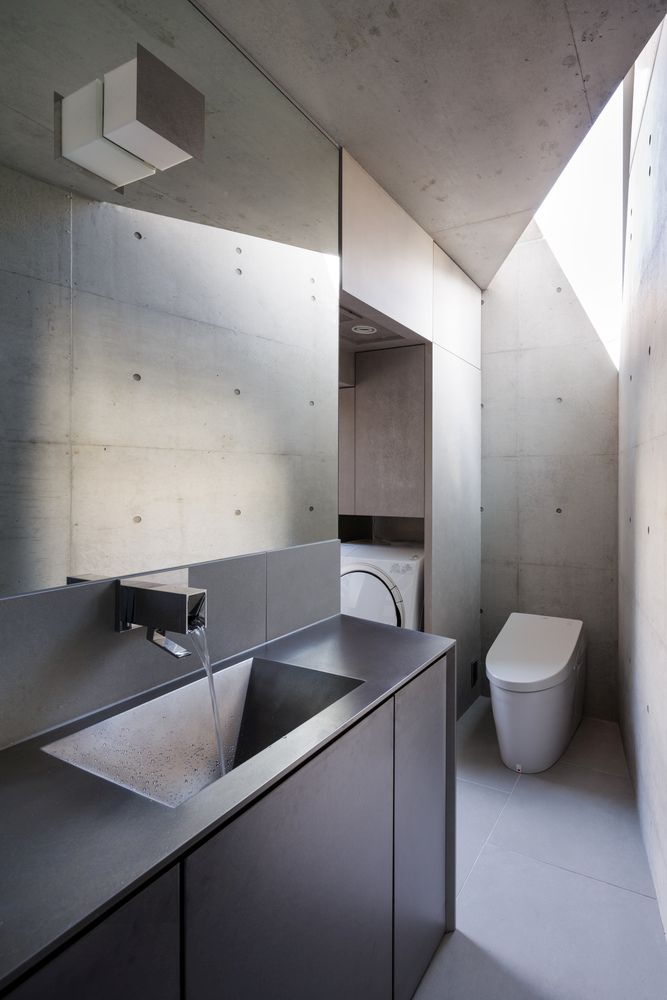
Angular Monolith
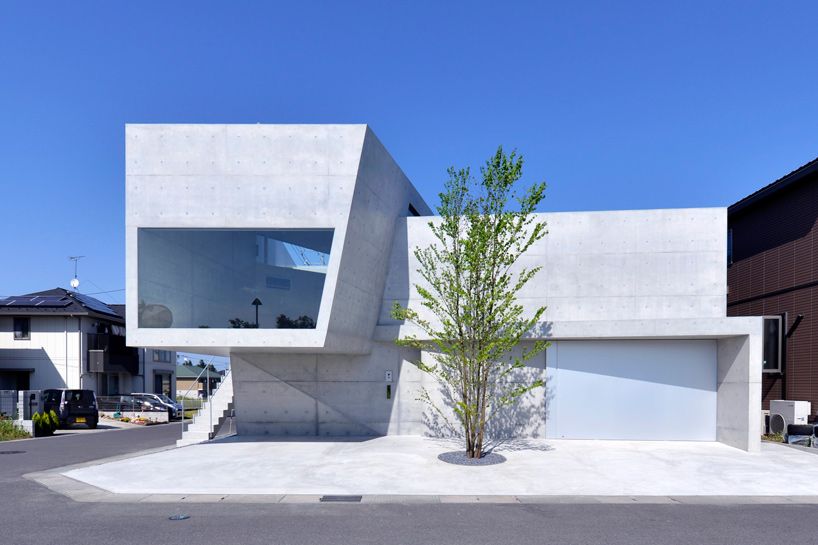
Amid the traditional homes in a Noda neighborhood, this concrete brutalist Japanese house stands out for its severe angles and massive front window. Sited near a swath of parkland, the home offers fantastic views while maintaining privacy for the other areas within. Designed by fuse-atelier, the two-story home features levels that are connected by one continuous path through the residence, ending up on the roof where the elevated terrace is. Inside, the space is just as angular as the exterior, exuding a strong sense of minimalism, and is filled with natural light from the large picture window as well as a skylight.
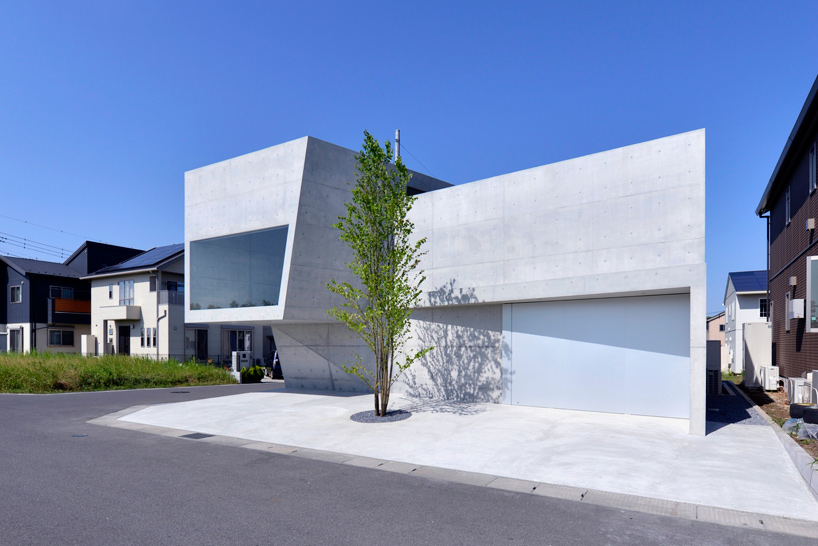
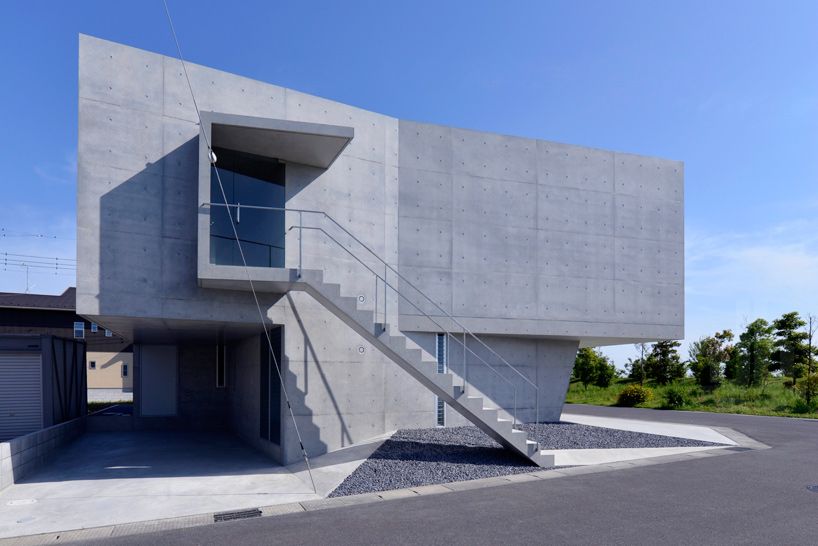
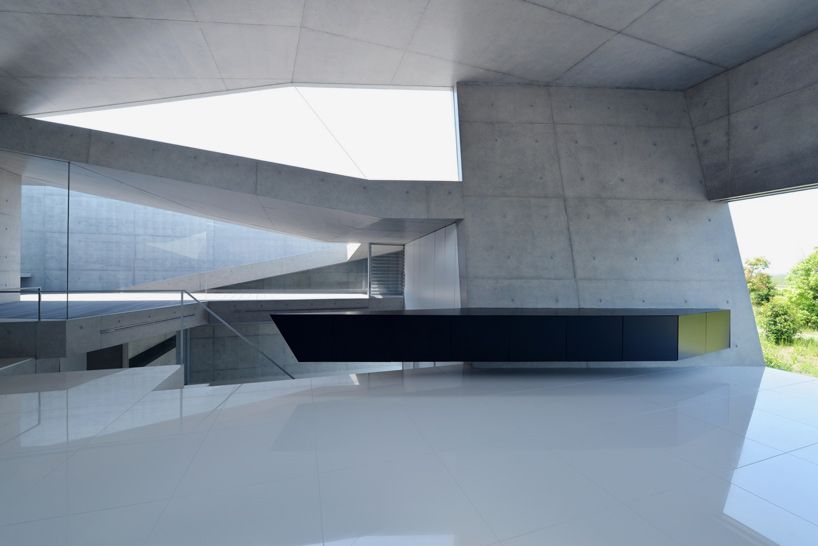
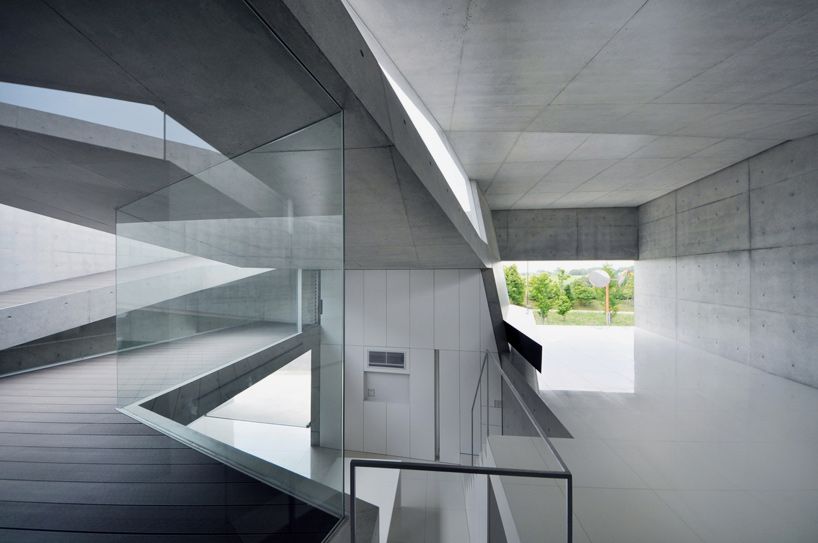
An Ode to Concrete
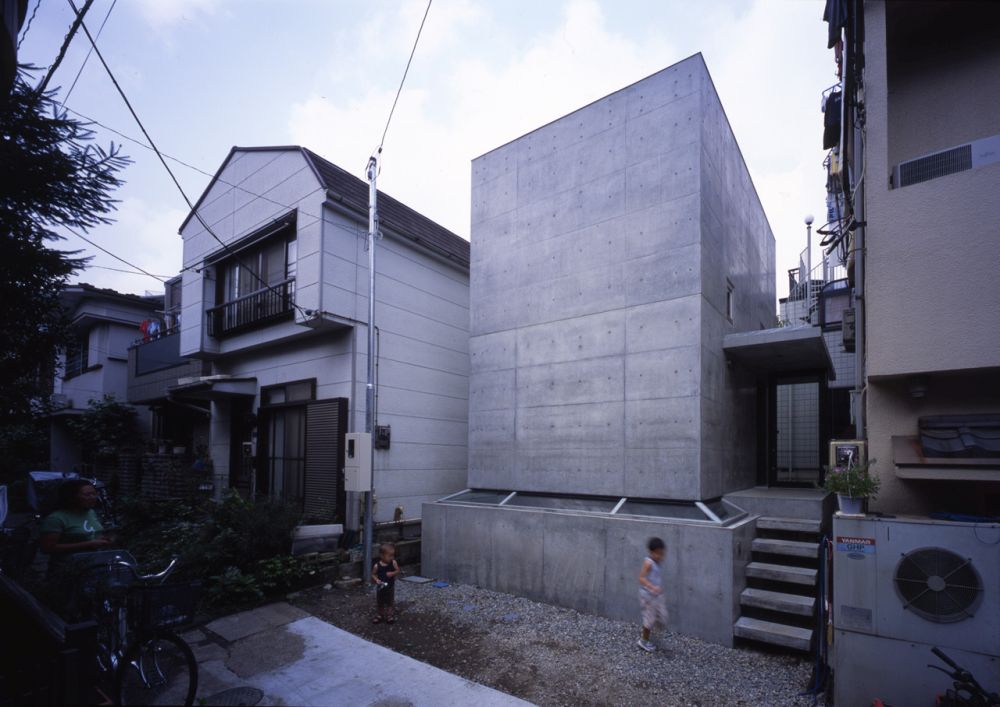
Smack in the middle of Tokyo sits this tiny home that is, in essence, an ode to concrete. The couple that owns the property asked Atelier Tekuto to create a residence that was made only from concrete for everything — the floors, walls, tables, seats and counters. The site itself presented difficulties in construction because the width of the road in front restricted the size of the machinery that could be brought in. On the inside, natural light is brought in through small windows on the sides of the building and larger skylights at the top. Called “Magritte,” the house was inspired by the surrealist’s work and is meant to represent the massive concrete block’s escape from gravity.
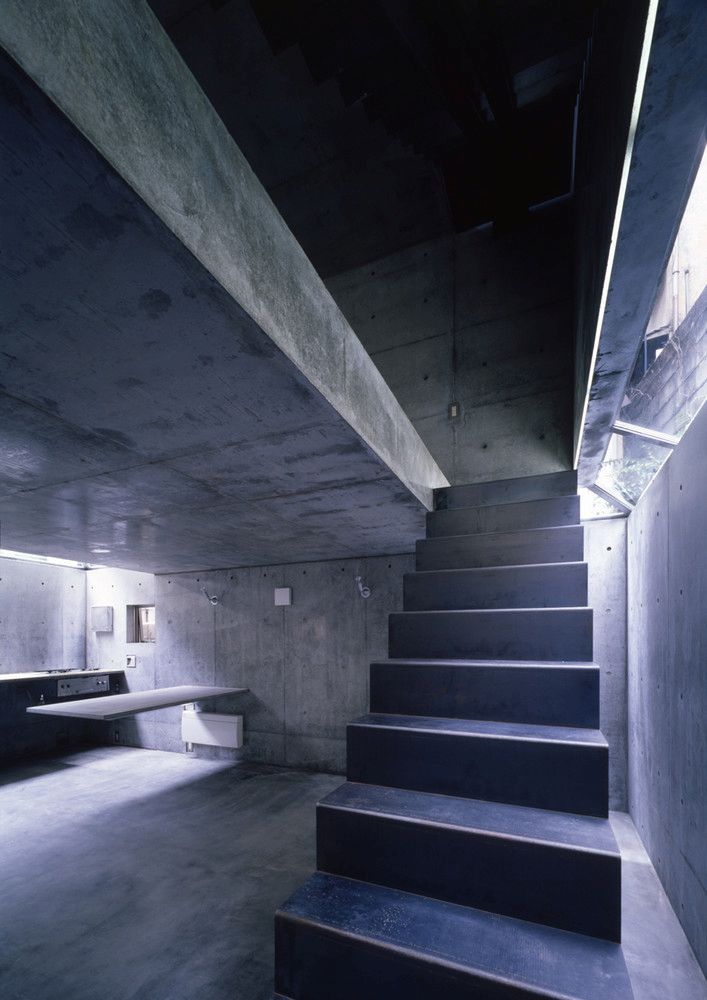
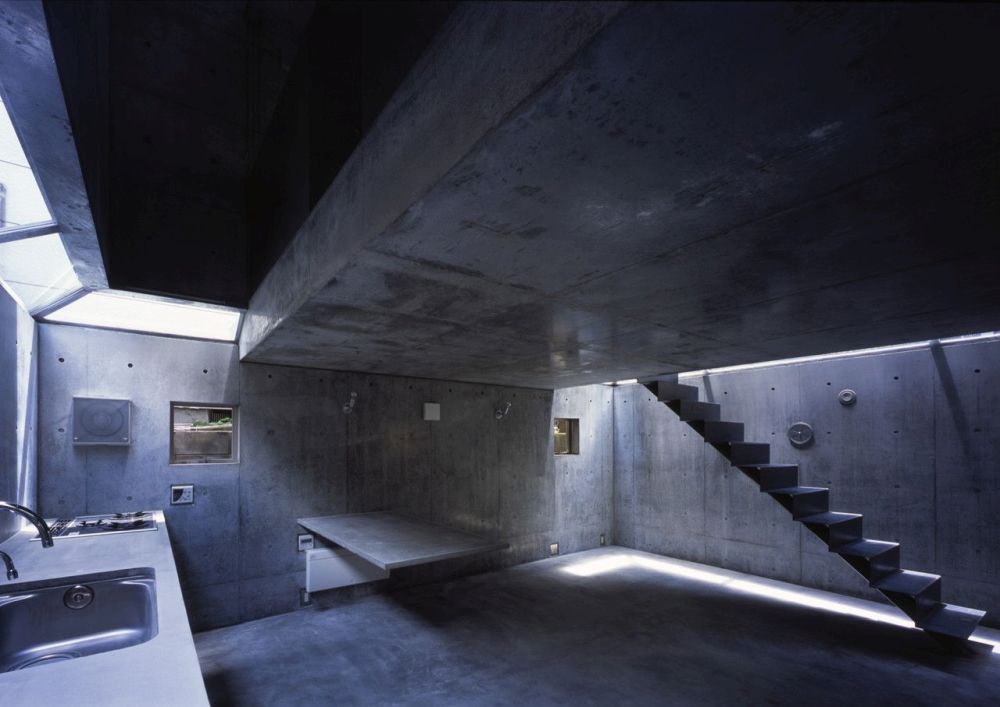
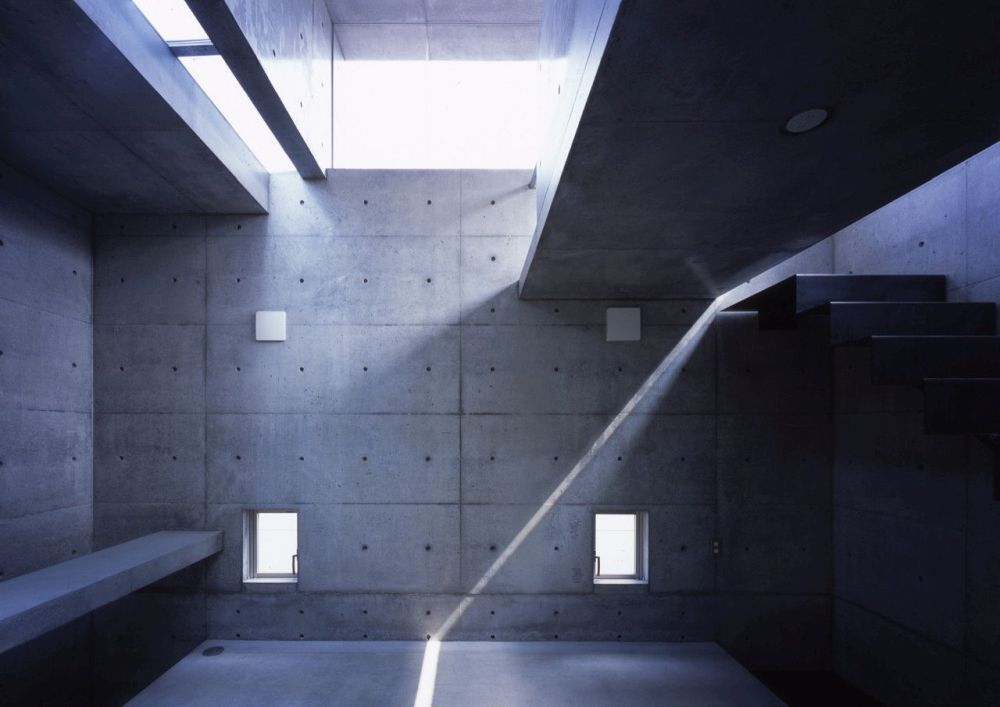
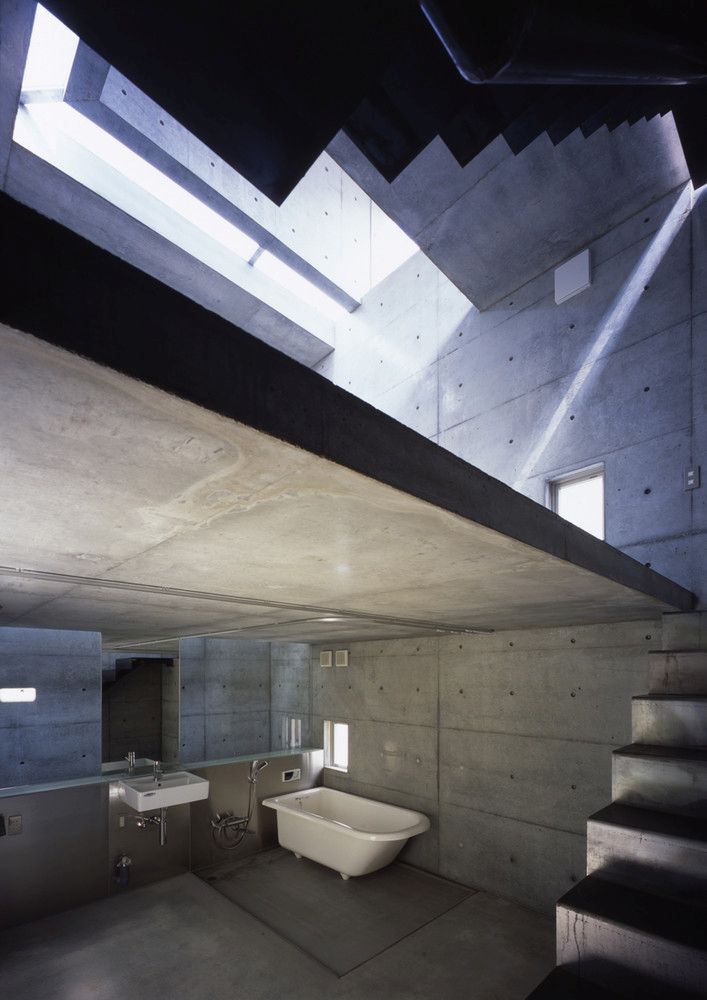
Faceted Urban Residence
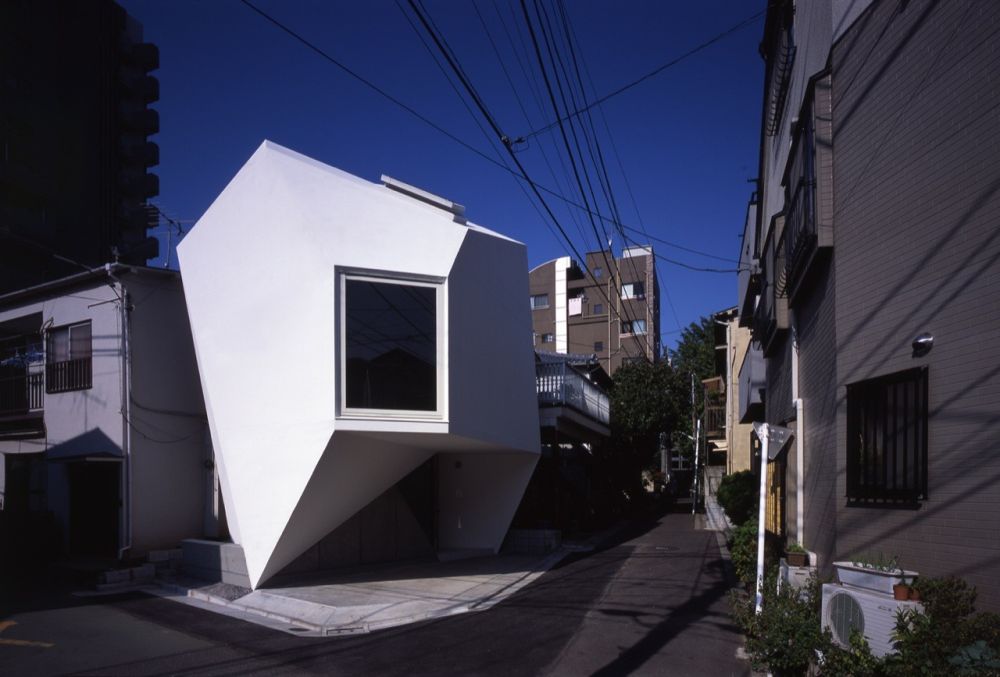
Despite the small size of the lot, these Tokyo homeowners wanted a covered parking space, which led Atelier Tekuto to create this home with many exterior facets, resembling a gem or mineral. Rather than just a typical cantilevered construction, the designers carved the space out of the front of the structure creating a small plaza-like space at the corner. Using “mineral” and “reflection” as guides for the design, the home’s space seems to change with the intensity of the light, both inside and out. The interior of the home is partly defined by the varying ceiling lines that are created by the shape of the polyhedron.
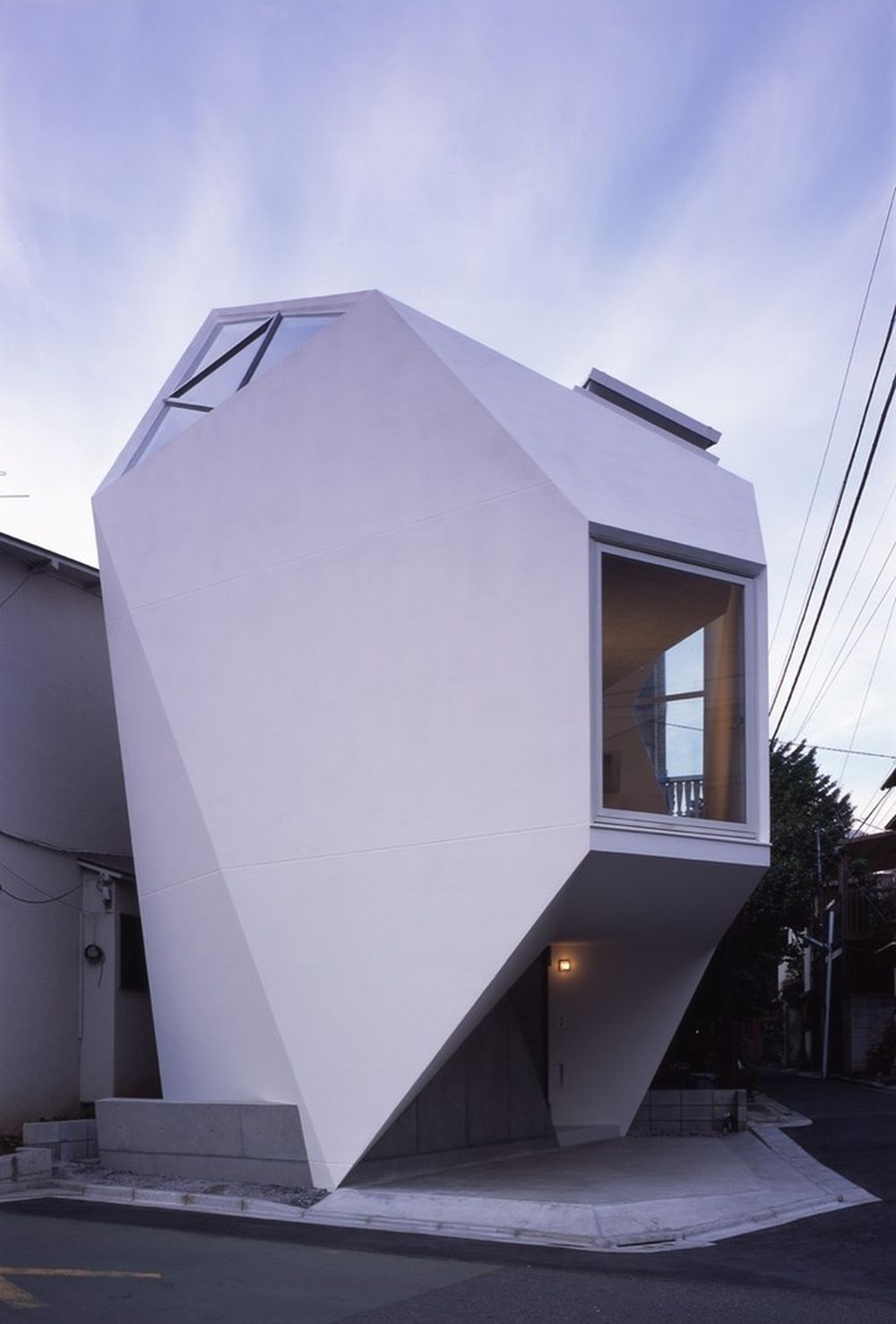
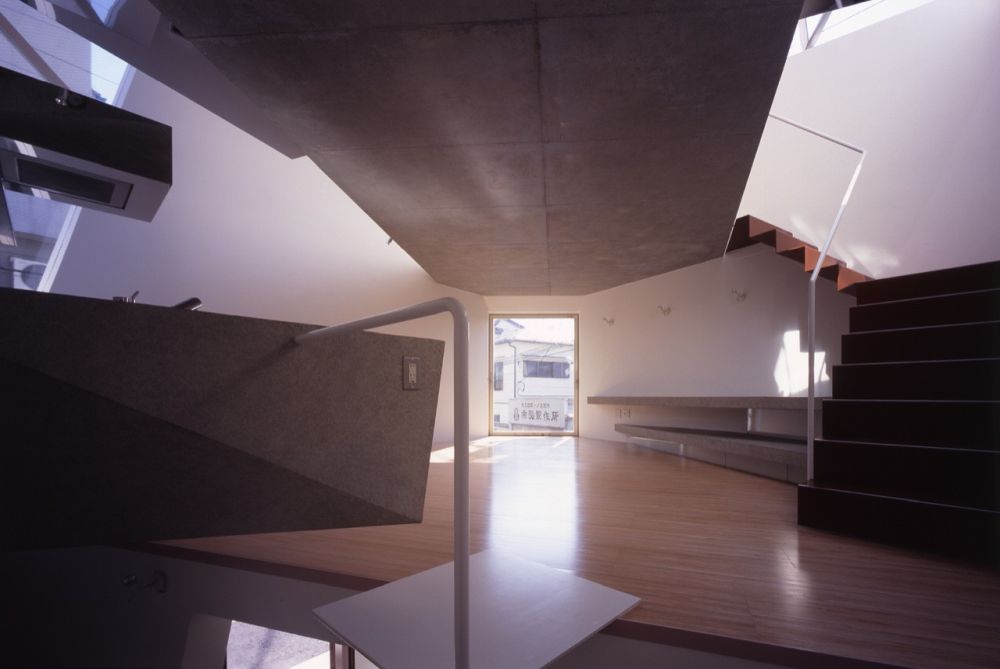
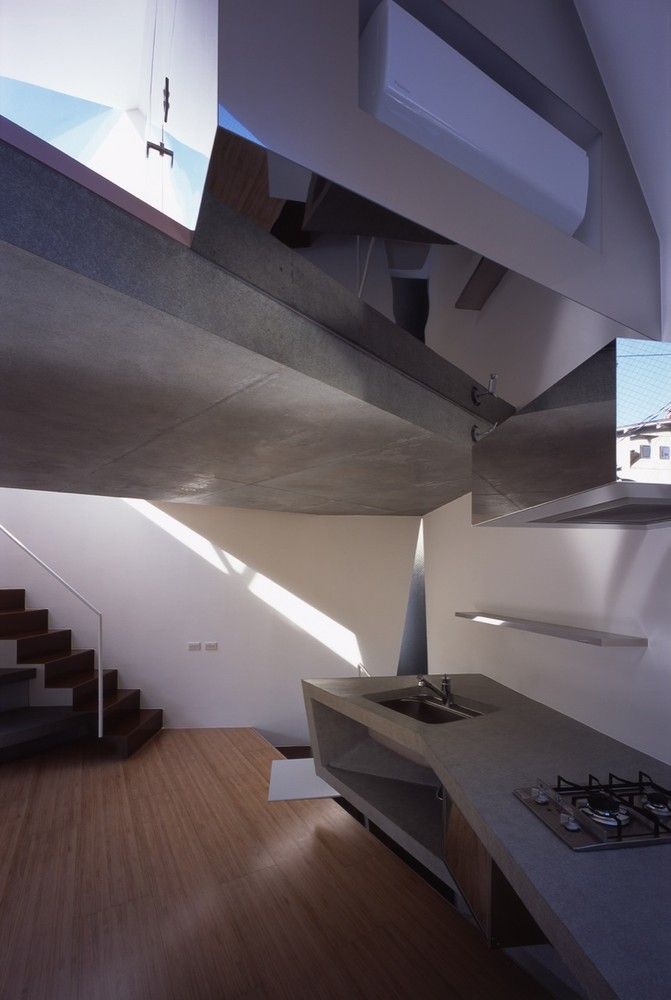
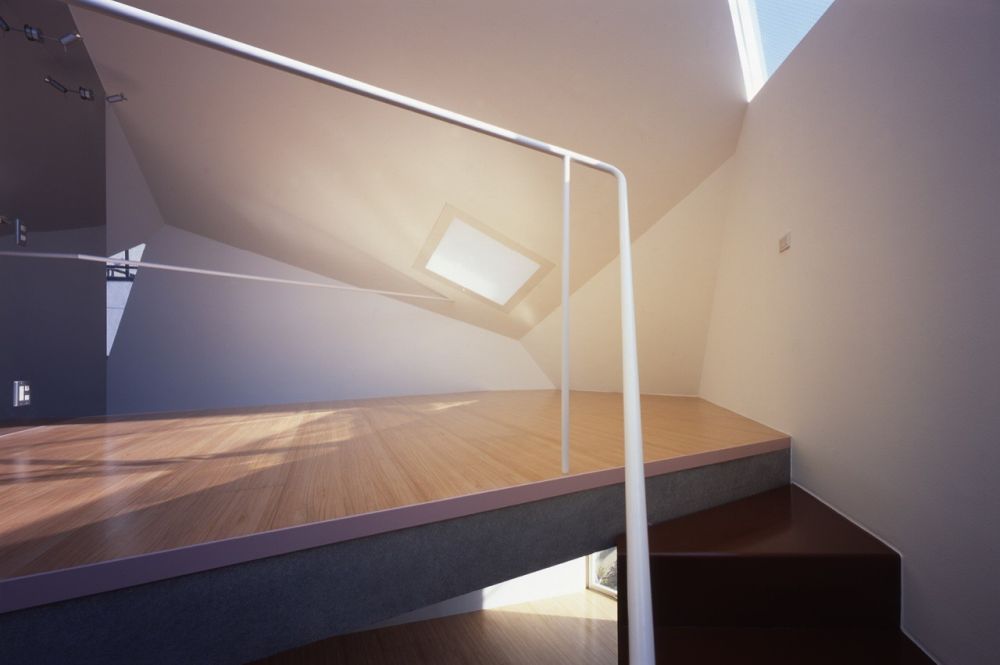
The post Concrete Dominates These Japanese Brutalist Homes, Both Inside and Out appeared first on Home Decorating Trends – Homedit.

